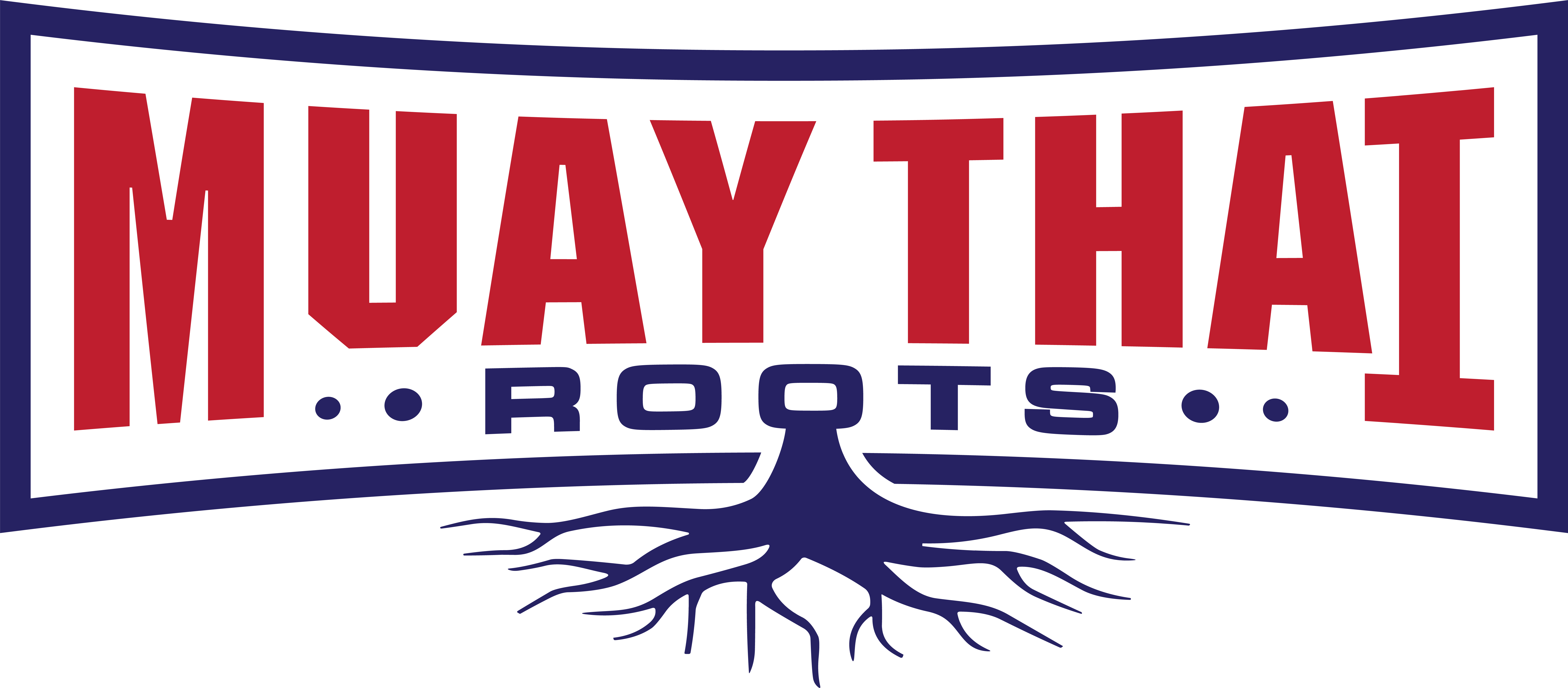If you've ever watched a fight and thought, "Wait, is that Muay Thai or Kickboxing?" — you're not alone. At first glance, they might look similar. Both have strikes, fast footwork, and a lot of action. But if you look closer, the differences start jumping out like a flying knee to the face.
Whether you're a fighter, a fan, or just trying to pick your next combat sport, understanding the key techniques that set Muay Thai and Kickboxing apart will level up your ring IQ (and maybe your sparring skills too).
1. The Art of Eight Limbs vs The Four-Limb Game
Muay Thai isn’t called "The Art of Eight Limbs" for nothing. Fighters use:
-
Fists
-
Elbows
-
Knees
-
Shins
That gives them eight points of contact for striking.
Kickboxing, especially in its most popular forms like Dutch or American kickboxing, is usually limited to:
-
Fists
-
Kicks
So you're working with four points of contact. That means no elbows, limited knee use (or none at all), and definitely no clinch-based striking.
2. Clinch Game: Muay Thai's Secret Weapon
This is one of the biggest technical differences.
In Muay Thai, the clinch is a full-on battleground. Fighters use it to:
-
Control their opponent
-
Set up knees and elbows
-
Off-balance or dump their opponent to score points
It’s highly strategic and can win a fight all on its own.
In Kickboxing, clinching is either very limited or completely disallowed. You might get a quick knee in before the ref breaks it up, but if you're hanging out in the clinch too long, expect a reset.

3. Elbows: Muay Thai’s Sharpest Edge
Want to slice, dice, and make your opponent think twice? Elbows are your go-to.
Muay Thai fighters use all kinds of elbows:
-
Horizontal elbows
-
Upward elbows
-
Spinning elbows
-
Downward elbows
They're used both in the clinch and from the outside, and they’re a major part of scoring and finishing fights.
Kickboxing typically bans elbows altogether, which changes the close-range game dramatically.
4. Kicks and Leg Strikes: Power vs Speed
Muay Thai fighters tend to throw slower, more powerful kicks, especially the signature roundhouse off the rear leg. You’ll also see:
-
Teeps (push kicks)
-
Low kicks (inside/outside leg kicks)
-
Switch kicks
These kicks are often aimed at breaking the opponent down over time.
Kickboxing places more emphasis on fast, high-volume combinations. Kicks are often:
-
Snappier
-
Thrown in quick succession
-
Mixed into combos with punches more fluidly
5. Stance and Rhythm
Muay Thai fighters usually adopt a more upright stance, slightly squared shoulders, and a rhythmic bounce — the signature Thai rhythm. This stance helps with blocking kicks using the shins and setting up clinch entries.
Kickboxers tend to have more of a bladed, side-on stance. It’s better for:
-
Quick lateral movement
-
Boxing-style combinations
-
Avoiding low kicks (in some rule sets)
6. Boxing Techniques: Advantage Kickboxing
When it comes to hand combinations and head movement, Kickboxing (especially the Dutch style) borrows heavily from Western boxing. Expect:
-
Tight combos
-
Slips and rolls
-
Fast footwork

(In this Photo: BGV14 Pink Gloves, FMV13 Red/Black, HG13 Black Headgear)
Muay Thai uses punches more sparingly. Straight punches and elbows often replace the hooks and uppercuts you’d see in a boxing-heavy style. Plus, the scoring system in Muay Thai favors clean, powerful strikes over volume.
7. Footwork: Float vs Plant
Muay Thai footwork is more about staying grounded. Fighters plant their feet to deliver powerful kicks and defend against sweeps and dumps.
Kickboxers are usually more mobile, bouncing in and out of range. You’ll see a lot more:
-
Angled movement
-
Lateral shifts
-
Quick entries and exits
8. Defensive Tools
Muay Thai defense involves:
-
Checking kicks with the shin
-
Catching kicks
-
Using the long guard
-
Blocking elbows and knees in close
Kickboxing defense includes:
-
Parrying punches
-
Slipping
-
High shell guard
-
Moving the head off centerline
Because elbows and clinch attacks aren’t allowed in most Kickboxing matches, the defense doesn’t have to be as focused on protecting the head from those tight-range threats.
9. Scoring Differences
In Muay Thai, technique, balance, and effectiveness matter most. A single clean, powerful body kick can score more than three light punches. Fighters who control the pace, land with impact, and dominate the clinch often win rounds.
Kickboxing tends to favor volume and aggression. Combos, knockdowns, and constant action are rewarded. Judges are looking for who pushes the pace and lands more.
Final Thoughts: Pick Your Poison (Or Master Both!)
If you like elbows, clinch wars, and hard, deliberate kicks — Muay Thai might be your jam.
If you love lightning-fast combos, head movement, and staying on your toes — Kickboxing could be your path.
Or hey, why not train both? Many fighters cross-train and adapt their game depending on the opponent or ruleset. Whatever you choose, understanding the techniques of each can help you sharpen your own style — and appreciate the art a little more the next time you’re ringside.
Ready to gear up? Check out fighter-approved Muay Thai and Kickboxing gear at MuayThaiRoots.com and step into the ring with confidence.
Train smart. Hit hard. Stay sharp.





